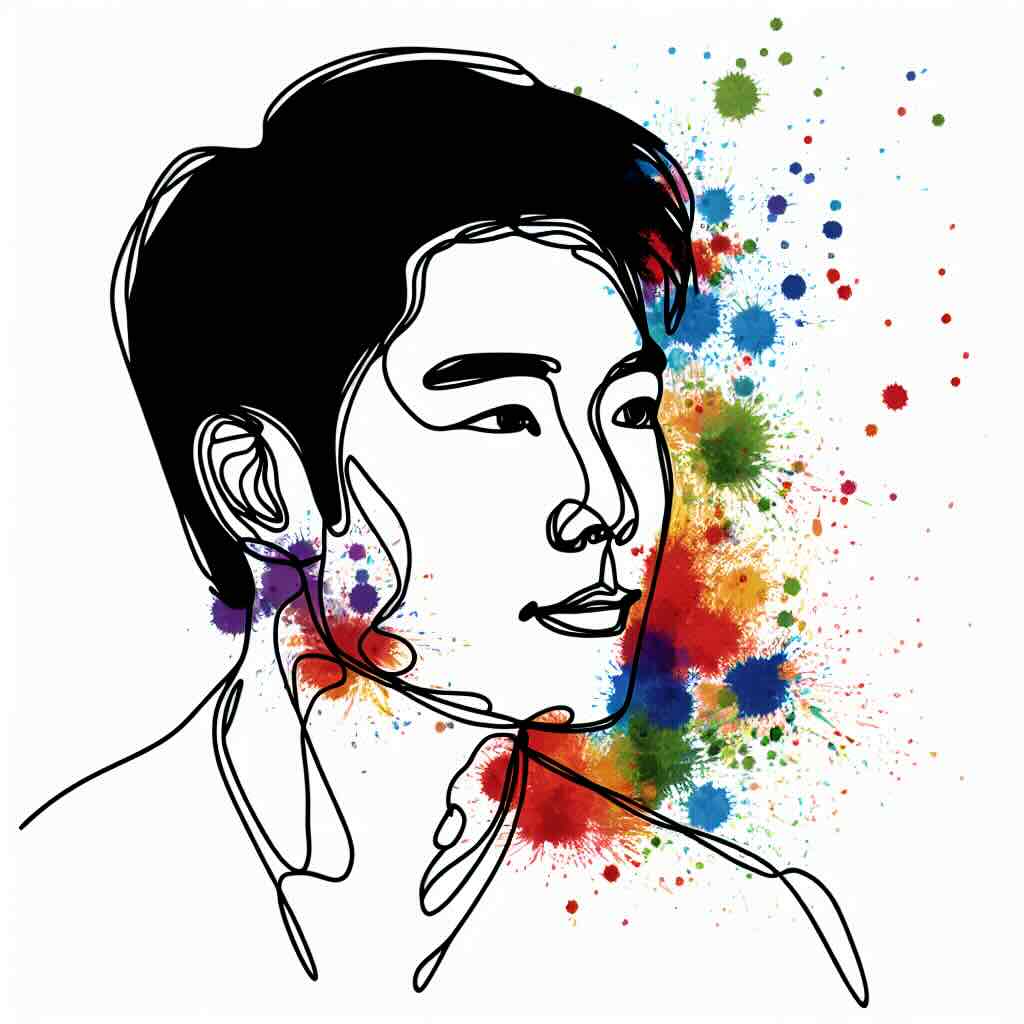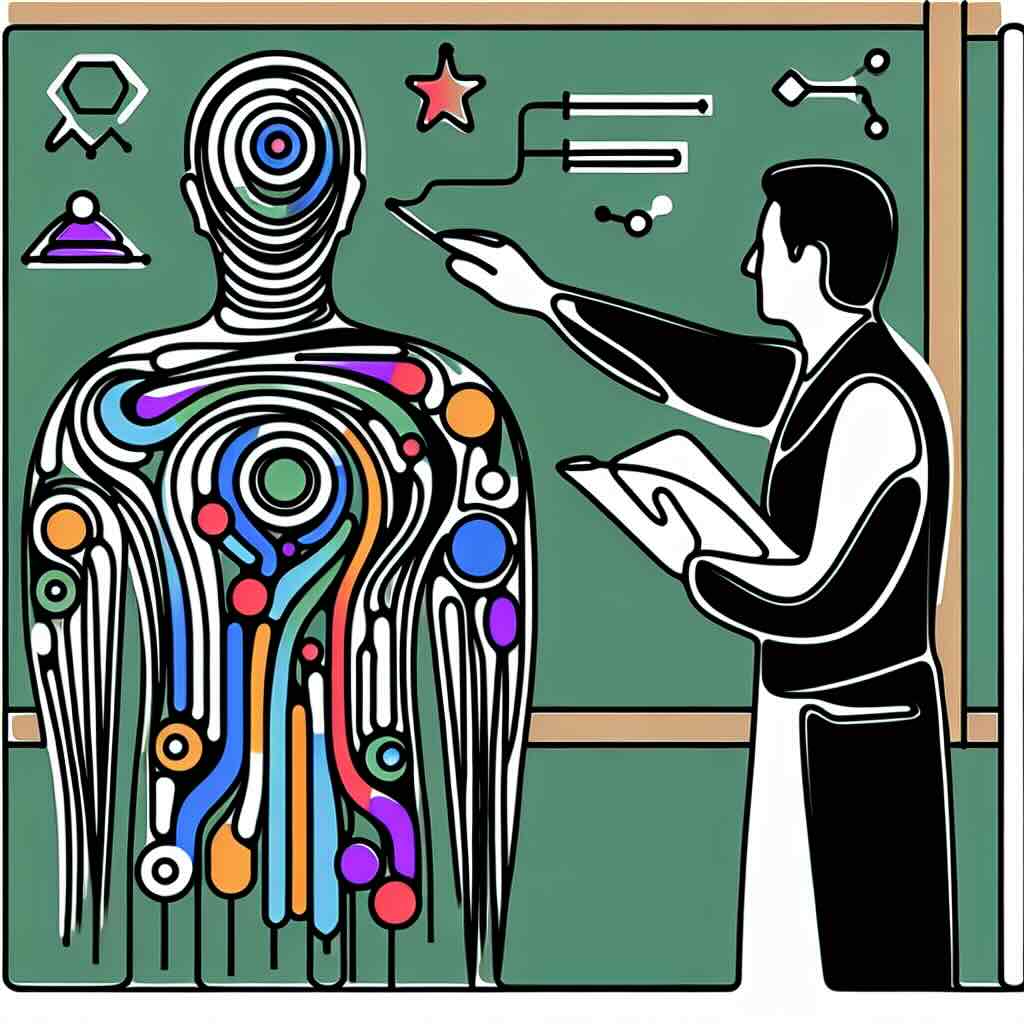Social learning has emerged as a fundamental component within instructional design. Leveraging peer interactions, collaborative efforts, and community engagement, social learning enhances the educational experience by facilitating the exchange of knowledge and practical skills between peers. This post explores how social learning can be effectively integrated into modern instructional design, highlights the benefits, risks, and actionable steps to implement it in your next learning experience.
Table of Contents
1. Understanding Social Learning in Instructional Design
2. Techniques to Integrate Social Learning in Modern Instruction
3. Benefits of Social Learning
4. Risks of Social Learning
5. One Thing You Can Try Today
6. Conclusion
7. Try it Yourself
8. Related Topics
1. Understanding Social Learning in Instructional Design
Social learning theory, pioneered by Albert Bandura, states that people can learn from one another through observation, imitation, and modelling. In instructional design, social learning can use this theory to create collaborative learning environments where peers actively engage and share insights. Unlike traditional instruction that centres on a unidirectional flow of information from experts to learners, social learning creates a networked knowledge ecosystem. This environment encourages learners to contribute, thus levelling out the learning process between experts and learners. By embedding social learning in instructional design, educators can create dynamic, interactive learning experiences that reflect real-world contexts.
2. Techniques to Integrate Social Learning in Modern Instruction
Integrating social learning into instructional design necessitates a multifaceted approach. First and foremost, create collaborative assignments that encourage teamwork and peer-to-peer learning. Utilising discussion forums and social media groups can facilitate continuous engagement and idea exchange. Incorporate peer review activities allowing learners to critique each other’s work, fostering constructive feedback loops. Utilise project-based learning activities that require collaborative problem-solving. Additionally, leverage synchronous collaborative tools like video conferencing to enrich real-time interactive sessions. By embedding these techniques, instructional materials become more engaging, ensuring that learning is a participatory rather than solitary experience.
3. Benefits of Social Learning
Social learning offers numerous advantages that significantly enrich the educational experience. It enhances deeper understanding by enabling learners to see different perspectives and ideas. Collective intelligence pools diverse skills and knowledge, thus fostering innovative problem-solving approaches. Social learning also builds strong communication skills and professional networks, crucial in our globalised world. The immediacy of feedback from peers accelerates learning, allowing for quick rectification of misunderstandings. Moreover, social learning can boost motivation and engagement, as learners feel a part of a community working towards common goals. These compelling benefits elucidate why integrating social learning is vital in modern instructional design.
4. Risks of Social Learning
Despite its advantages, social learning does come with potential risks that must be navigated carefully. Group dynamics can sometimes lead to unequal participation, with dominant voices overshadowing quieter ones. There is also the risk of misinformation spreading rapidly if not adequately monitored. Social learning environments can sometimes foster cliques, making it challenging for all learners to feel included. Mismanagement of collaborative tools can lead to inefficiencies and distractions. Furthermore, reliance on peer feedback might not always align with expert insights which could affect learning outcomes. Awareness of these risks allows instructional designers to implement strategies to mitigate them effectively.
5. One Thing You Can Try Today
Quick Exercise: Host a 15-minute peer feedback session in your next training module. Use a collaborative tool like Google Docs or Padlet for learners to share a short piece of work or response to a question. Instruct them to provide constructive feedback on at least two peers’ submissions. This exercise will not only initiate social learning but also foster a sense of community and collective growth among participants.
6. Conclusion
Incorporating social learning in instructional design not only aligns with how we naturally acquire knowledge, but it also leverages the power of community, fostering more robust and interactive learning environments. While there are risks, strategic planning and thoughtful implementation can effectively mitigate them, making social learning an indispensable tool in modern education.
7. Try it Yourself
1. Incorporate a social learning component in your next instructional design project.
2. Utilise collaborative tools to foster interaction and engagement among learners.
3. Continuously evaluate and adjust to optimise the balance between guided instruction and peer interaction.
8. Related Topics
- Collaborative Learning Strategies
- Project-Based Learning
- Peer-to-Peer Feedback Mechanisms
- Effective Use of Discussion Forums in Education
- Building a Learning Community Online







